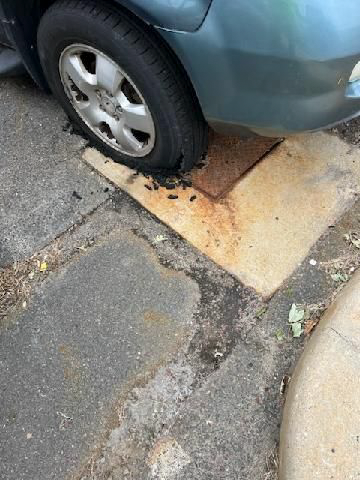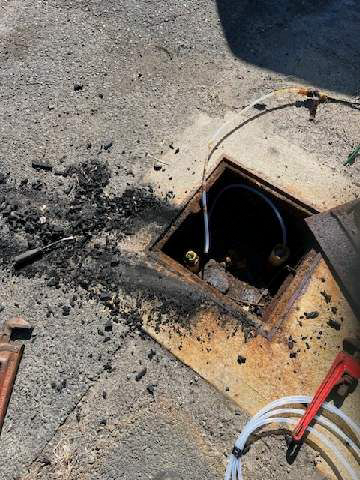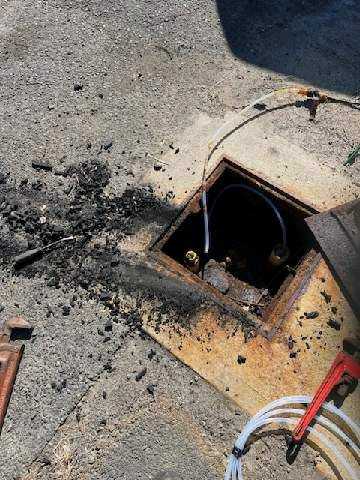Recently we were let in on a funny incident that involved tires and an ozone leak! You get the idea below…


But how does this happen? And why? Well, lets talk about it!
Tires are the unsung heroes of our vehicles, ensuring our safety and comfort on the road. But did you know that there’s a fascinating behind-the-scenes process to ensure their durability and performance? Ozone testing plays a crucial role in assessing a tire’s ability to withstand the elements. In this blog post, we will dive into the world of tire testing and explore how ozone exposure is a key factor.
The Ozone Dilemma
Ozone, typically found in the Earth’s atmosphere, is an essential component that protects us from harmful ultraviolet (UV) radiation by absorbing it in the stratosphere. However, when it comes into contact with rubber, as found in tires, it can cause some unwanted effects.
The Tire Testing Environment
Tire testing laboratories employ specialized equipment and techniques to simulate real-world conditions that tires encounter. One such method is ozone testing. Let’s take a closer look at how it works:
- Ozone Chamber: The heart of ozone testing is an ozone chamber, a controlled environment where the magic happens. Within this chamber, scientists can replicate and accelerate the impact of ozone on tires.
- Controlled Exposure: The chamber is filled with a carefully measured concentration of ozone gas, higher than what tires would encounter in everyday life. This controlled environment allows for precise testing conditions.
- Tire Samples: To assess a tire’s resistance to ozone, samples or sections of tires are introduced into the chamber. These samples can be cut strips or discs, often obtained from prototype tires or production samples.
- The Waiting Game: The tire samples are then exposed to the controlled ozone environment for a predetermined period. This duration can vary based on the specific testing requirements and standards, ranging from several days to weeks.
- Additional Factors: In some cases, UV lamps are employed alongside ozone exposure to mimic the combined effects of ozone and UV radiation. This is important because tires are exposed to sunlight and environmental elements in the real world.
- Monitoring and Evaluation: Throughout and after the exposure period, experts closely monitor the tire samples for any telltale signs of ozone-induced damage. This may include visual inspections for cracks, as well as assessments of physical properties such as flexibility and hardness.
- Data Analysis: The collected data is meticulously analyzed to determine how well the tire samples have endured the ozone exposure conditions. This analysis helps assess a tire’s resilience to ozone-induced degradation and its compliance with industry standards.
The Road Ahead
Ozone testing is a vital quality control step in the tire manufacturing process. It ensures that tires are less susceptible to premature wear and can withstand real-world environmental conditions. Thanks to ongoing research and testing, tire manufacturers can make improvements to tire compounds and designs, enhancing their resistance to ozone-induced damage.
In conclusion, the world of tire testing is a fascinating realm where science and technology come together to ensure your safety and comfort on the road. Ozone exposure tests play a significant role in enhancing tire durability, so the next time you hit the road, you can trust that your tires are up to the challenge, thanks in part to the invisible power of ozone testing.

